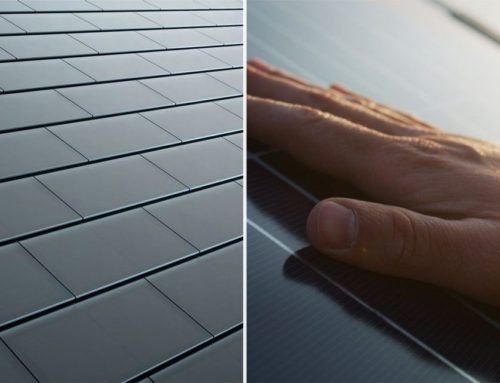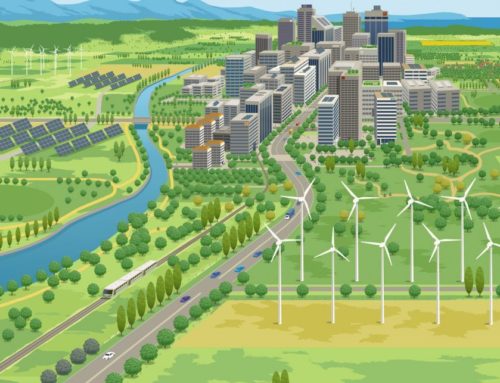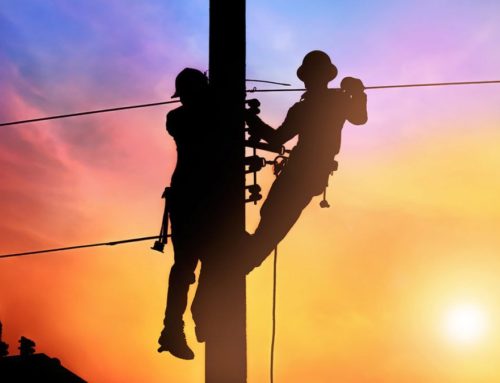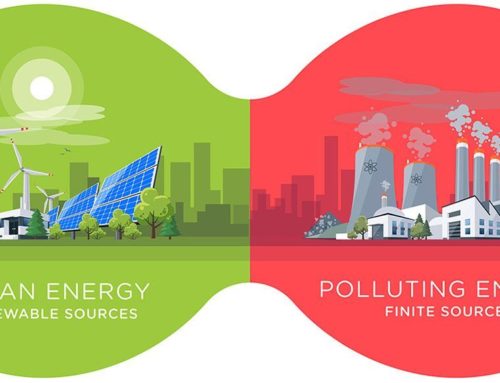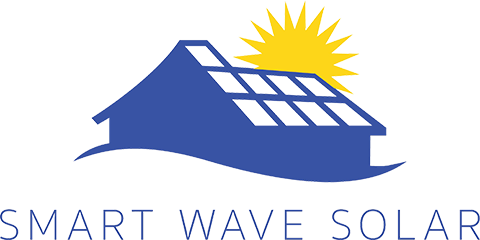Solar energy is a renewable resource that has been rapidly growing in popularity and demand over the past 10–15 years. Since 2008, U.S. installations have grown from 0.34 gigawatts (GW) to an estimated 97.2 GW, which is enough to power 18 million average homes.
Solar panels are a great investment that not only helps you save money, but also helps create a cleaner and safer environment. But of course, in addition to the benefits, there are always downsides of solar panels to be aware of.
Here are the pros and cons of solar panels. Use this information to make the best decision regarding your future with solar.
The Pros of Solar Panels
Let’s start with the advantages (there are many!). Below are the main five benefits of solar panels.
1. Solar Panels Reduce Your Carbon Footprint
Though there is some carbon footprint created through the production of solar panels, the energy produced from them is clean and emits no greenhouse gases.
On average, a home in the U.S. emits over 14,000 pounds of carbon dioxide each year. Solar panels can minimize this by 3,000 pounds per year.
2. Solar Panels Reduce Your Electricity Bills
Solar energy is more affordable than traditional energy sources. According to a study by the North Carolina Clean Energy Technology Center, people in the biggest U.S. cities save about $44 to $187 a month with a 5 kW solar system (for reference, you need about 100 square feet of roof space for every 1 kW of solar power).
3. Solar Panels Can Boost Your Home’s Value
Due to their benefits, solar panels increase the value of your home. A study by the U.S. Department of Energy’s Lawrence Berkeley Laboratory discovered the solar energy systems add about $15,000 in value.
Not to mention, the average U.S. homeowner moves every eight years. Since solar panels last much longer than this, the next owner can acquire them and provide you with a great offer on your home.
4. Solar Panels Are Affordable
Boosting your home’s value does not necessarily mean you need to break the bank when installing solar panels. Since 2014, the cost of solar panels has dropped by 70 percent and it continues to decline.
Moreover, there are financial incentives to consider. Tax credits and state policies are available to make going solar more affordable for families and businesses. For example, some states offer tax credits for installing a solar panel system. Taking these incentives and tax breaks into account, you can expect a significant decrease in the price of your new solar energy system.
5. Solar Panels Have Longevity
Solar panels last for about 25 to 30 years. They are durable, can withstand harsh weather conditions, and require little maintenance.
Since solar panels have longevity, they often come with long-term warranties. For example, Smart Wave Solar offers a 25-year warranty to ensure your solar system is producing sufficient energy for your home. What this means is you don’t have to worry about maintenance or repairs.
The Cons of Solar Panels
With the many advantages, there are a few disadvantages. Here are the three cons of solar panels to consider:
1. Solar Panels Are Dependent on Sunlight
Because solar panels only function when there is adequate sunlight, a few cloudy days can negatively affect your energy system. In addition, solar energy does not work at night.
You will likely need to do the following to keep your home powered at night and during cloudy days:
- Stay connected to your electrical grid. This can offer an easy backup system at night and on cloudy days.
- Connect to solar battery systems that store electricity for backup use.
- Adjust the tilt/angle of your solar panels to capture as much sunlight as possible. Typically, during the winter when the sun is lower, you’ll need to tilt the panels at a higher angle.
Google’s Project Sunroof is a helpful resource to see if your home can thrive on solar energy. All you need to do is type in your address. You’ll then discover roughly how many hours of usable sunlight per year your home can get, and how much money you can save using solar panels.
2. Solar Panels Use Up A lot of Space
You’ll need a substantial amount of roof space to install solar panels. Specifically, you need about 100 square feet of roof space for every 1 kW of solar power. Google’s Project Sunroof is a good resource to find out the available amount of space you have on your roof for solar panels.
Even if you don’t have enough solar panel space to power your entire home, you can still install however much your home can support and at least fulfill some of your energy needs. Remember, homeowners that invested in only 5 kW solar systems saved roughly $44 to $187 a month during their first year.
3. Solar Panels Can Be Costly
Solar panels usually come with a high upfront cost which generally includes installation, wiring, batteries, and inverters.
Moreover, if you have an old roof, it’s highly recommended you replace it prior to installing your panels. As solar panels can last up to 30 years, you want to make sure your roof can support them for that long.
Despite these initial costs, keep in mind the long-term financial benefits solar panels can provide. With their continuously declining fees and financial incentives, solar panels are a smart and stable investment.
We’re Here to Help
If you are interested in switching to solar or have any questions regarding the pros and cons of solar power, reach out to Smart Wave Solar. We’ll discuss your options and get you started with a free quote.

